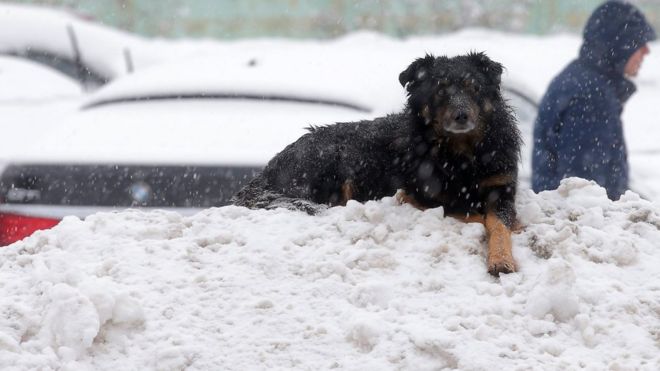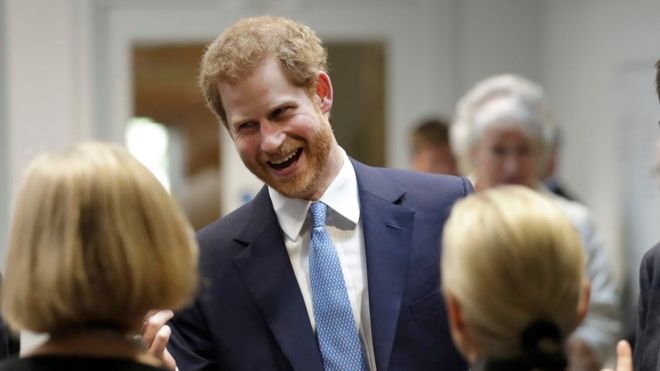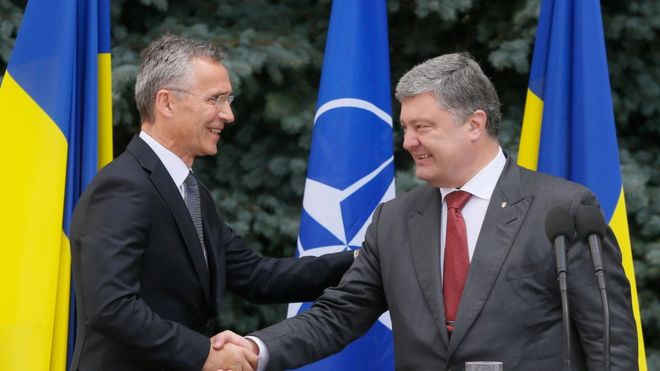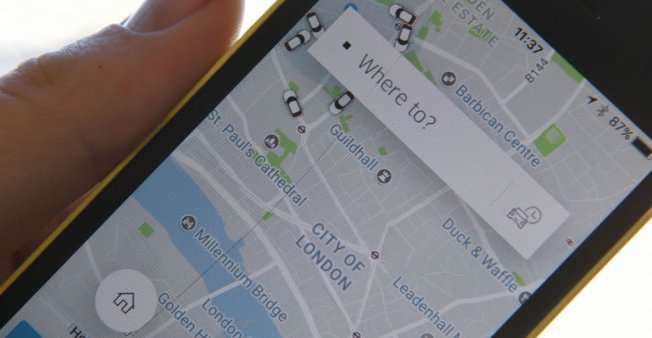Say it out loud: the Philadelphia Eagles are Super Bowl champions.
One of the NFL’s most historically snakebitten clubs ended their 57-year championship drought in the most thrilling way imaginable on Sunday night at US Bank Stadium in Minneapolis, racing to an early lead against the New England Patriots, going step for step in a track meet with the defending champions and the greatest quarterback ever at his most prolific, falling behind in the fourth quarter and rallying behind the back-up signal-caller who took over in December when the starter went down to injury.
Seventy-one total points. An eye-popping 1,151 yards of combined offense, breaking the previous Super Bowl record before the fourth quarter even started and more than any game in NFL history, regular season or playoffs.
Eagles 41, Patriots 33.
It was one of the greatest Super Bowls ever played and now the Eagles, who were left for dead after losing the franchise quarterback, Carson Wentz, in December, are champions of the NFL for the first time since the Eisenhower administration after winning three straight playoff games as underdogs.
How do you beat the Patriots? You get to Tom Brady. It’s been the conventional wisdom for the better part of this NFL generation and nothing had changed as it was repeated ad nauseam during the fortnight run-up to Super Bowl LII.
It took nearly 58 minutes for the Eagles to get there, but the reward once they did will resound down the generations in this provincial town where sports mean a little too much.
With the Eagles nursing a 38-33 lead and just over two minutes left, Philadelphia’s veteran defensive end Brandon Graham finally recorded the first sack of the game for either side. Brady, the three-time most valuable player and five-time Super Bowl champion, lost control of the ball, which took a fortuitous bounce into the hands of Derek Barnett. The Eagles settled for a Jake Elliott field goal moments later, setting the stage for a New England desperation drive that ended when Brady’s Hail Mary pass to Gronkowski was batted down in the end zone as time expired.
Nick Foles, the 29-year-old understudy who took over for Wentz less than two months ago and who two years ago was mulling retirement, completed 28 of 43 passes for 373 yards, three passing touchdowns and one more receiving. It will almost certainly be his last game with the Eagles, with Wentz, the quarterback of the future who was the odds-on favorite to win Most Valuable Player honors until his late-season ACL injury, set to return when the 2018 season begins.
Foles’ numbers didn’t match those of Brady, who shattered the Super Bowl single-game passing record with 505 yards through the air, but the 40-year-old quarterback’s final-reel mistake proved fatal for the Patriots, who were looking to add a record-tying sixth Super Bowl title to their five won since 2001.
“I felt calm,” Foles said in the dizzying aftermath. “We have such a great group of guys, such a great coaching staff. We felt confident coming in and we just went out there and played football. We’ve played this game since we were little kids, we dreamed about this moment. There’s plenty of kids watching this game right now dreaming about this moment and someday will be here.”
The Eagles received first, after the Patriots deferred, and Philadelphia nearly engineered a dream start, marching downfield with methodical efficiency. The 14-play, 67-yard drive stalled but offered a glimpse of exactly what the Eagles needed to do: mix in enough runs to balance the pass, convert first downs, keep the clock moving and keep Brady on the sidelines.
The Patriots held serve on their opening foray with a nine-play, 67-yard scoring drive but they too were stymied in the red zone, leaving the kicker Stephen Gostkowski to tie the score with field goal from 25 yards.
Philadelphia’s head coach, Doug Pederson, whose flair for aggressive play-calling buoyed the team all year long, showed no sign of dialing it back on the Eagles’ second drive. With the partisan Philadelphia crowd already set to burst, Foles dropped back and found Alshon Jeffrey in the back of the end zone, where he made an incredible leaping grab for a 34-yard touchdown. Not even the missed extra point by Elliott could mute the celebration as Philadelphia opened a 9-3 lead.
A relentless pace had been set. Brady found Danny Amendola in acres of space on the next play for a 50-yard gain that brought it down to the Philadelphia 29.
The Patriots, now operating in a no-huddle to prevent the Eagles from rotating in defensive linemen, chipped away for a few more yards before the New England wideout Brandin Cooks, who appeared to have a sure first down, was stopped short of the target on a spectacular open-field tackle by Rodney McLeod, forcing a fourth down. What appeared to be an elementary field-goal attempt for Gostkowski was badly shanked and when the ball caromed off the left upright, the Philadelphia lead was still 9-3.
Soon after, Belichick would attempt his first stroke of trickery, dialing in a wide receiver reverse that saw Brady hand off to White only for White to toss to Amendola. Amendola found a wide-open Brady, but the ball clanged off the hands of the quarterback.
The Eagles took advantage quickly as Foles found Jeffrey for another spectacular overhead catch along the right sideline. On the next play the seas widened for Blount, who rumbled into the end zone for a touchdown that put the Eagles ahead 15-3 after the failed two-point conversion.
The Patriots narrowed the margin to 15-6 with a field goal on their next drive. The Eagles took over from their own 25 and Foles took another downfield shot at Jeffrey, but this time it was scooped up by Duron Harmon for an interception. Incredibly, Foles had thrown 113 career postseason passes without a pick, more than any quarterback in NFL history.
Trailing by 11 near the end of the first half, Brady and the Patriots were gifted new life with a questionable defensive holding call on the Eagles’ Jaylen Mills. Brady soon seized the opportunity with a 43-yard pass down the right sideline to Chris Hogan followed immediately by a 26-yard touchdown scamper by James White off the left guard. Stunningly, Gostkowski hooked the extra point for his second missed gimme of the day, but New England were back within three points at 15-12.
The Eagles then marched downfield to set up the most crucial sequence of the game. Pederson, whose first game as a head coach above the high school level was less than 17 months ago, decided to go for it on 4th-and-goal from inside the one. The play was a double reverse and tight end Trey Burton, Philadelphia’s emergency signal-caller, found Foles wide open in the right size of the end zone for a touchdown.
“A quarterback going out on a route?” Foles said afterward with a touch of incredulity. “I was pumped to go over there and talk to Doug and we agreed on it. We worked on it for a long time and we executed it perfectly. That’s probably the best it has looked, so we hit it at the right time.”
The first half had been a breathless flurry of offense, with the teams combining for nearly 700 yards.. The Patriots accounted for 350 of them, no small feat against Philadelphia’s stout defense.
When play resumed, Gronkowski quickly made his presence felt. He gouged the Philadelphia defense for catches of 25 and 24 yards, then picked up a crucial third down with a 14-yard sideline catch before hauling in a five-yard touchdown grab and punctuating it with a signature spike.
Foles responded with brio, finding Nelson Algohor for a catch short of the mark then handing off to Blount and Ajayi, who gashed the Patriots for big chunks of yardage. The Patriots clamped down and forced the Eagles into another 3rd-and-6, but Foles found Clement for a breathtaking touchdown pass that was upheld after tension-filled review.
Clement, an undrafted rookie from South Jersey who grew up rooting for the Eagles and was a longshot to make the team, had caught four passes for 107 yards.
And Foles was playing out of his mind.
But Brady only picked right back where he left off. He quickly led the Patriots across midfield and found Hogan for a 26-yard touchdown strike, bringing the Patriots back within three points of the lead with 3:23 left in the third. By then it was clear Foles would not be able to rely on Philadelphia’s defense but he proved up to the challenge, helming the Eagles downfield until they were held to a field goal.
The Patriots were sharp as ever on their first drive of the fourth quarter, gobbling up yardage at will before scoring another touchdown on a four-yard pass to Gronkowski, this time for their first lead of the game, at 33-32 after the extra point.
And so Foles took over with 9:22 left. After converting yet another third down, the Eagles were forced into a 4th-and-1 from their own 35. Foles, under duress and with the season on the line given the tattered state of Philadelphia’s defense, found Ertz for a two-yard completion and the first down with just over five minutes to go. Seven plays later, Foles, so reliable on third downs all postseason long, converted the most important one yet when he found Ertz on a slant route. He plunged into the end zone to put the Eagles back in front, 38-33, after the failed two-point conversion.
That left 2:21 for Brady, more than enough time for the four-time Super Bowl MVP who entered Sunday’s game with 11 game-winning drives in the fourth quarter or overtime of postseason games. He took took the field to deafening noise and immediately found Gronkowski for an eight-yard gain along the right sideline.
But just when it seemed the quarterback’s latest fairytale ending was all but a handshake away, Graham finally got to Brady – and the hard-luck city of Philadelphia had a catharsis nearly six decades in the making.
https://www.theguardian.com/sport/2018/feb/04/super-bowl-2018-philadelphia-eagles-new-england-patriots-nfl

































































